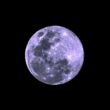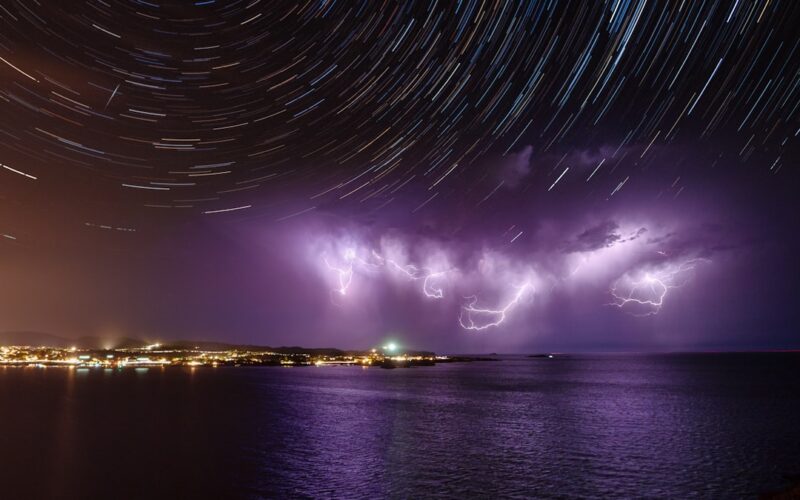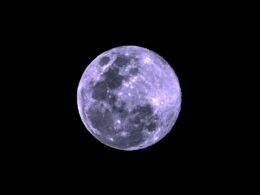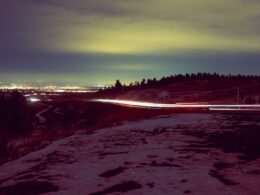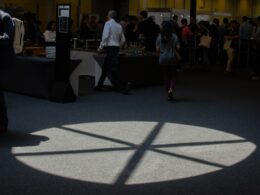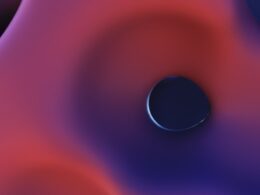Skywatchers across New Jersey and beyond are gearing up for one of the most anticipated celestial events of the year: the Perseid meteor shower. This year’s peak arrives in the late hours of August 12 through dawn on August 13, 2025. But there’s a catch: the brilliant Sturgeon Moon, full just days earlier on August 9, will still be lighting up the sky as a waning gibbous, washing out much of the meteor action.
That means if you were hoping for the usual Perseid show of up to 50 to 100 meteors per hour, you’ll need to temper your expectations. According to NASA and the American Meteor Society, stargazers are likely to spot only about 10 to 20 meteors an hour this time—mostly the brightest “shooting stars” that can compete with moonlight. Still, the Perseids remain one of the year’s must-see astronomical events thanks to their speed and frequency, even if this year’s performance will be more subtle than spectacular.
Tips for Catching Perseid Meteors in 2025
The Perseids happen when Earth passes through debris left by Comet Swift-Tuttle. For your best chance at seeing these cosmic streaks, experts recommend heading far from city lights and letting your eyes adjust to darkness for at least 30 minutes. Look toward the northern sky and try to keep your gaze angled away from the bright moon. While prime viewing is after midnight, some meteors may be visible as early as 10 p.m.
This year’s Perseid spectacle comes with a few extra perks in August. The full Sturgeon Moon not only bathes the landscape in silver light—it also coincides with lunar aphelion on August 7, when the moon reaches its farthest point from the sun during a full phase, a rare occurrence. Plus, three different meteor showers—including the Perseids—will overlap this weekend for an added dash of space drama.
What’s next? After August’s show, upcoming full moons will include September’s Corn Moon and October’s Hunter’s Moon. But for now, grab your binoculars (or just a blanket), find a dark patch of sky, and enjoy whatever shooting stars manage to outshine our luminous lunar neighbor.


